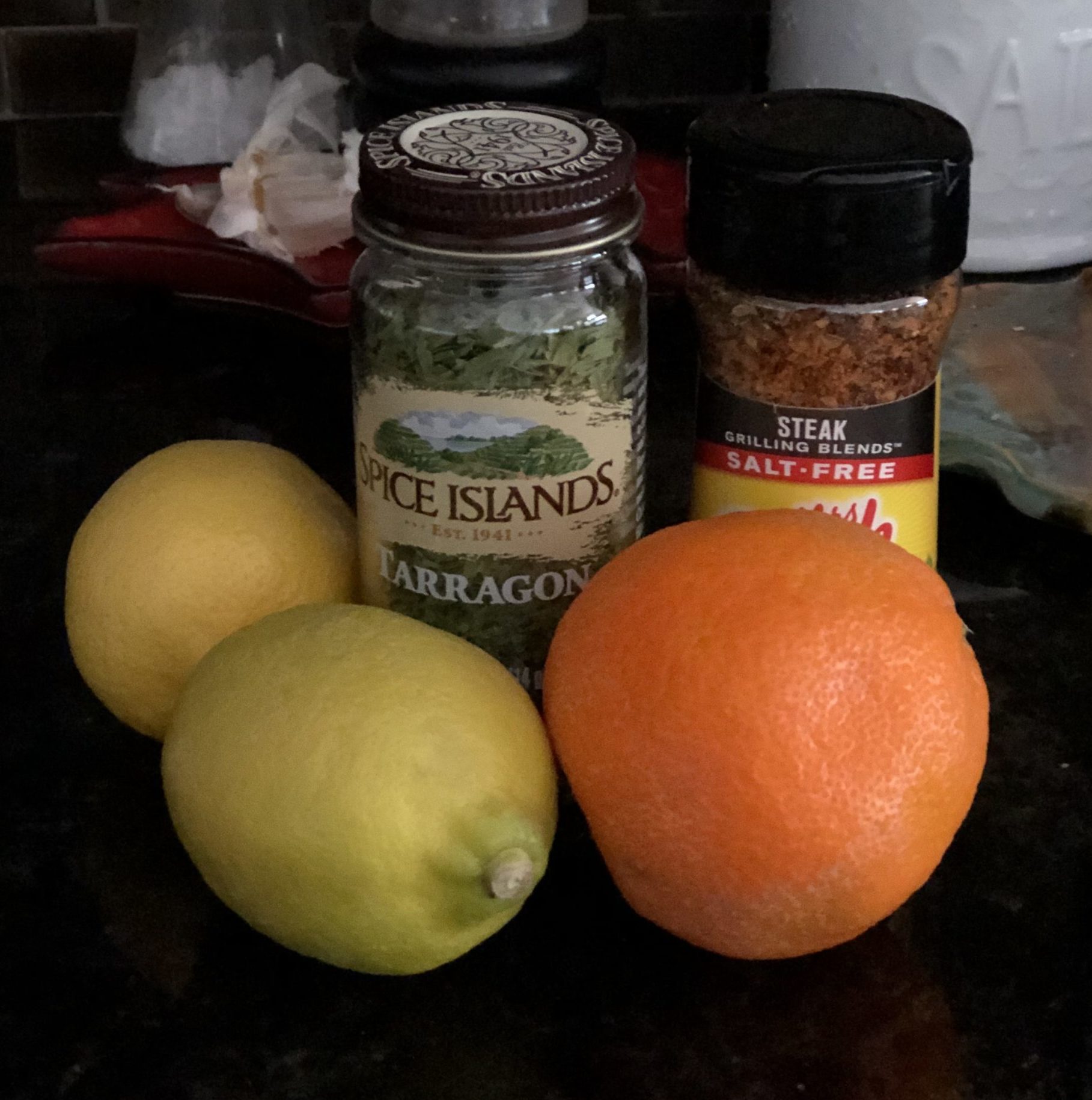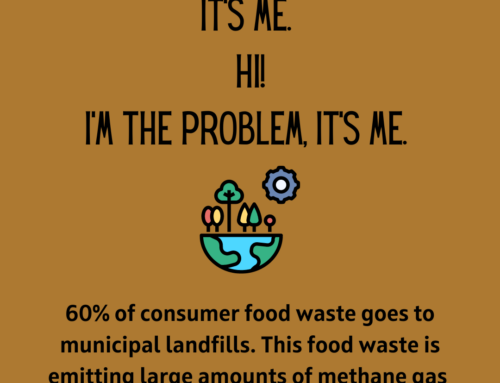Do you like salty food? Some people seem to be more salt sensitive than others. What tastes super salty to one, may taste fine to another.
According to the CDC, the vast majority of adults eat more sodium than they should—an average of more than 3,400 milligrams each day. Click To TweetSodium (a component of salt) has been shown to increase blood pressure in people with high blood pressure. In other words, extra salt may not raise everyone’s blood pressure (some people are salt-resistant, which means blood pressure doesn’t rise very much in response to a diet high in salt). But an estimated 60% of people with high blood pressure are salt-sensitive, so salt intake matters. Salt sensitivity may increase with age and weight gain as well. The Dietary Guidelines for Americans also support a lower salt diet, but for those who are salt-resistant, it may not matter as much. The 2015-2020 Guidelines recommend that everyone shoot for 2300 milligrams of sodium or less per day. The first step: Reduce.

Of course you may think about the salt shaker when reducing sodium, but sodium is hidden in many other foods.
Here are 7 quick tips to reduce sodium in your diet:
- Eat less bread. Two slices of bread can provide 100-250 milligrams of sodium. Brands vary, so do check out the label on your favorite bread or buns and compare, choosing brands with less sodium.
- Eat less pizza. Sorry pizza-lovers, but if you have high blood pressure, a weekly pizza habit is not a good one. Just one slice of pizza may have up to 600 milligrams of sodium.
- Eat less snack foods – pretzels, chips, packaged cookies – are all low in nutrients and high in sodium.
- When cooking at home, add citrus in cooking instead of extra salt. Fresh citrus and zest gives homemade dishes a fresh and bright flavor. Flavored vinegars can also boost flavor without salt.
- Use salt-free seasoning blends, fresh and dried herbs, and spices. These add wonderful flavor profiles to a dish. My favorites are cumin, paprika, cinnamon, Herbs de Provence, fresh or dried tarragon, oregano, rosemary, thyme, and sage. I also love fresh basil, mint, and scallions.
- Ask restaurants if they can omit the salt, or serve sauces on the side. Check the nutrition information at chain restaurants, or eat smaller portions. Often large portions can be made into two meals. Half the portion will have half the sodium. Take a third or half of the dish home with you to eat the following day.
- Check the labels on meats. Processed meats are high in sodium, but even other packaged fresh products (such as a pork tenderloin or chicken) may have added sodium. Read labels.
Of course what you add to your diet is as important as what you limit. Eat more blood-pressure-lowering high potassium foods, like milk, yogurt, fruits, beans and vegetables. If you have high blood pressure, consider learning more about a DASH Diet plan.




